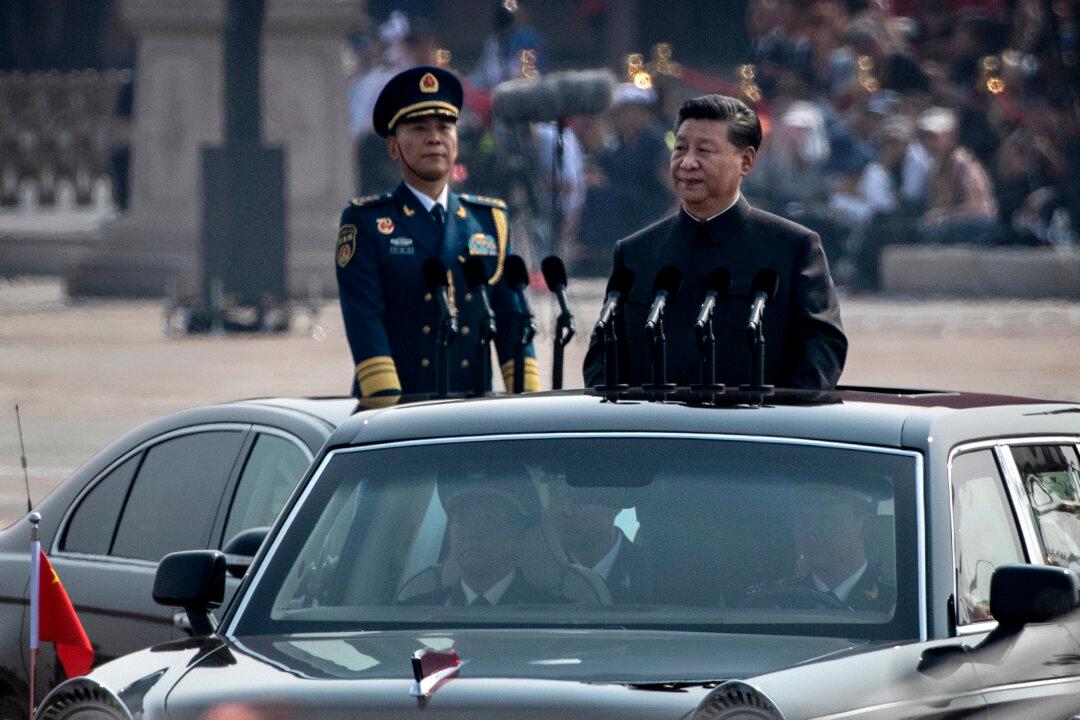Commentary
It’s possible, even probable, that the People’s Liberation Army (PLA) of the Chinese Communist Party (CCP) was, by late July, well advanced along a path to intervene, if necessary, in China’s leadership.

It’s possible, even probable, that the People’s Liberation Army (PLA) of the Chinese Communist Party (CCP) was, by late July, well advanced along a path to intervene, if necessary, in China’s leadership.